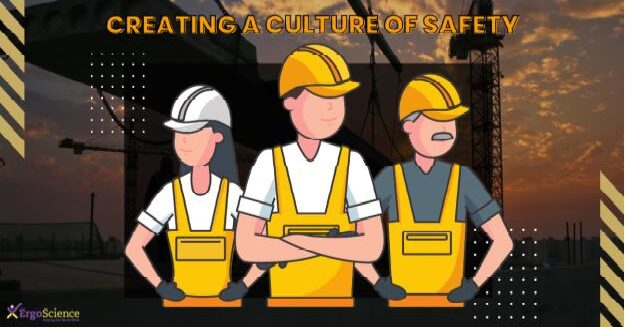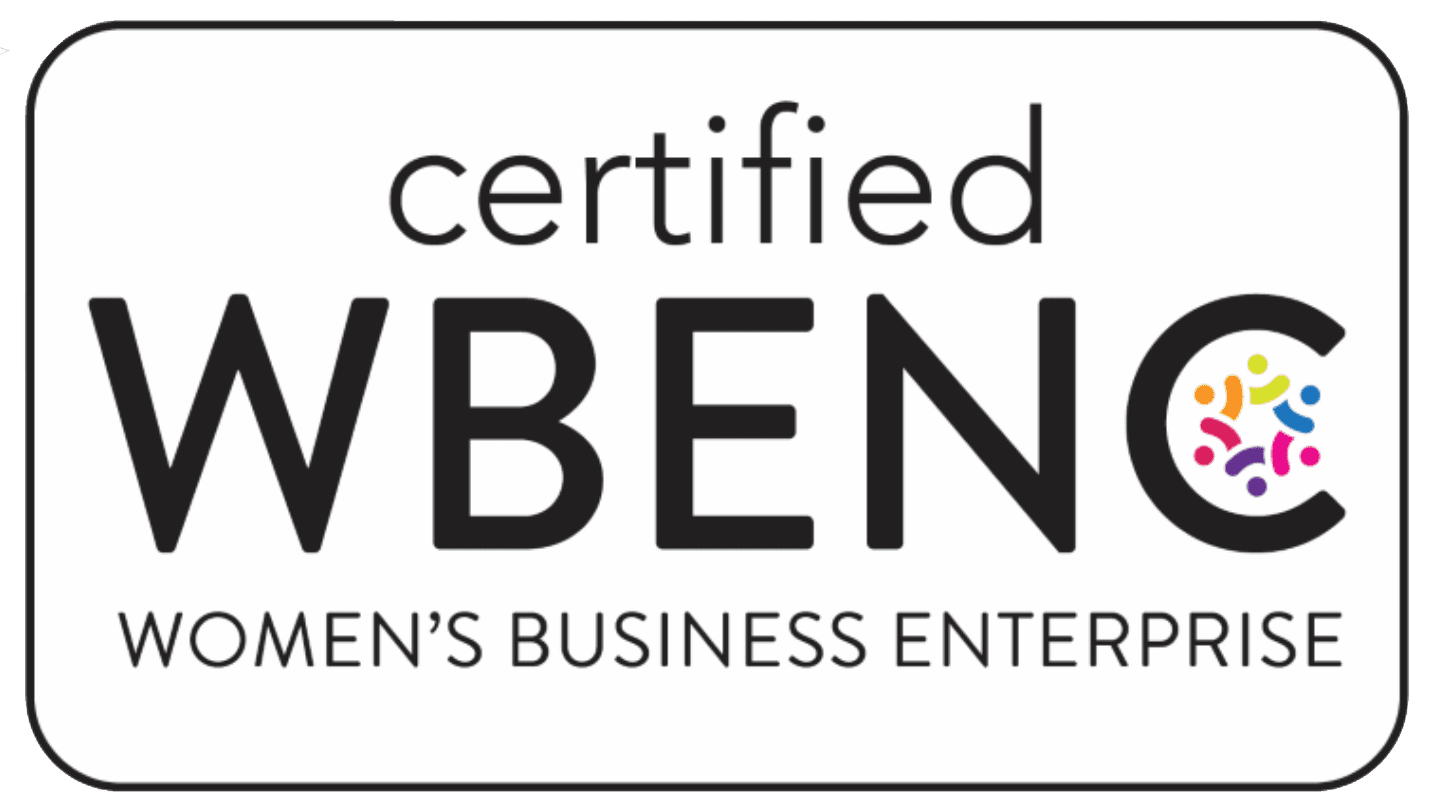
Safety culture is the values, behaviors, and attitudes an organization and its Industrial Athletes have towards safety and its importance in the workplace. It's a multi-year process that requires commitment from the entire organization, especially at the executive level. Safety is an integral part of daily operations, and a blue-ribbon safety culture is essential for maintaining high safety standards in the workplace.
A strong safety culture actively promotes and prioritizes safety in all aspects of work. This includes strict processes for reporting, inspections, training, and overall safety management. It also means that coworkers routinely look out for one another and point out unsafe behaviors to each other. It's not just about following rules and regulations but creating a positive work environment where employees feel valued and supported.
When employees feel that their safety is a top priority, they are more likely to be engaged and motivated, leading to increased productivity and overall job satisfaction. According to the Occupational Safety and Health Administration (OSHA), "employees who feel that their employer cares about their safety and health are more likely to take pride in their work and be more productive."
According to the National Institute for Occupational Safety and Health (NIOSH), a strong safety culture "can lead to fewer injuries and illnesses, as well as improved overall organizational performance." When an organization has a strong safety culture, it sets high standards for all safety processes. As a result, the organization experiences fewer incidents and related costs, such as medical expenses and lost productivity. But a strong safety culture goes beyond just reducing costs. It also leads to higher productivity, lower turnover rate, increased worker participation, and higher levels of commitment to safety.
ErgoScience has over 30 years of expertise helping enterprise-level organizations create and strengthen their safety cultures using our proven research-based injury prevention programs. Some of these programs include pre-hire post-offer physical abilities testing, job demands analysis, and AI-powered computer vision ergonomic risk assessment and training. We understand the importance of a strong safety culture and have helped numerous organizations achieve significant reductions in incident rates and operating costs.
Our pre-hire testing involves using 1st party-validated research-based tests to determine the physical abilities of the job applicant post-offer but pre-hire. This test is created based on the job analysis, which identifies the most physically demanding aspects of the job: pushing, pulling, lifting, squatting, reaching, or gripping.
We use the job demands analysis to create a one-to-one pre-hire test specific to one job at one individual company. Every test is unique because every job is unique. Tests can even vary from site to site within the same company for the same job based on different procedures or environmental factors. The fact that our testing replicates the job's physical demands makes sure the test remains legally defensible.
Our competitors use machine-based testing, strength and fitness testing, or tests that aren't validated by 1st or 3rd party research and are mostly the same for every company and job. This leaves employers open to lawsuits and violations from their applicants, employees, or the EEOC & ADA.
So, what does a strong safety culture look like? In a company with a strong safety culture, coworkers routinely look out for one another and point out unsafe behaviors to each other. It's not just about following rules and regulations but about actively promoting and prioritizing safety in all aspects of work. This includes holding regular safety committee meetings and creating recognition programs to reward safety champions. The result is a safer work environment for all employees and decreased incidents.
Several key characteristics are omnipresent in a strong safety culture. These include:
· Commitment From The Top: A strong safety culture begins with the organization's leadership, which must be fully committed to prioritizing safety in all aspects of the business. This includes setting clear safety goals and expectations, allocating resources towards safety initiatives, and holding all employees accountable for their safety behavior.
· Employee Participation: A strong safety culture is built on the active involvement of all employees. This means encouraging employees to report near misses and incidents, engaging in regular safety training and drills, and fostering a culture of open communication and transparency.
· Clear Communication: Effective communication is key to a strong safety culture. This includes regularly sharing safety information and updates with employees, providing clear safety protocols and procedures, and actively listening to and addressing employee concerns.
· Continuous Improvement: A strong safety culture is never static – it is constantly evolving and improving. This means regularly reviewing and updating safety protocols, identifying and addressing potential hazards, and continuously seeking new ways to improve safety in the workplace.
There are numerous examples of companies that have successfully implemented strong safety cultures. One such company is Kroger Manufacturing, which reduced its recordable injury rate by 83% over 10 years by implementing a comprehensive safety culture program. Other examples include Safeway, Toyota, and DuPont, all of which have implemented robust safety culture programs that have significantly improved safety performance.
So, how can a good safety culture benefit your organization? For starters, it can increase your organization's productivity by reducing time stoppages due to injury. It can also reduce thousands of dollars in operating costs incurred over the lifespan of workplace injuries. In addition, a strong safety culture can lead to higher productivity, lower turnover rate, increased worker participation, and higher levels of commitment to safety.
A strong safety culture can significantly impact an organization's bottom line. According to the National Institute for Occupational Safety and Health (NIOSH), a strong safety culture "can lead to fewer injuries and illnesses, as well as improved overall organizational performance." A strong safety culture can lead to fewer incidents and related costs, such as medical expenses and lost productivity. When an organization has a strong safety culture, it sets high standards for all safety processes, including strict procedures for reporting, inspections, training, and overall safety management. As a result, the organization experiences fewer incidents and related costs, leading to increased productivity and improved financial performance.
A strong safety culture also creates a positive work environment where employees feel valued and supported. When employees feel that their safety is a top priority, they are more likely to be engaged and motivated, leading to increased productivity and overall job satisfaction. According to the Occupational Safety and Health Administration (OSHA), "employees who feel that their employer cares about their safety and health are more likely to take pride in their work and be more productive." A positive work environment can also lead to improved employee retention, as employees are more likely to stay with a company that values their safety and well-being.
In addition to the financial benefits, a strong safety culture can help an organization comply with regulations and avoid legal issues. When an organization has a strong safety culture, it sets high standards for all safety processes, including strict processes for reporting, inspections, training, and overall safety management. This helps the organization meet regulatory requirements and avoid costly fines and legal issues. A strong safety culture can also help an organization defend itself during a lawsuit, as it demonstrates a company's commitment to safety and a proactive approach to risk management.
Creating and maintaining a strong safety culture takes time, effort, and commitment from the entire organization. It requires ongoing communication, training, and safety policies and procedures reinforcement. It also requires effective leadership and a commitment to making safety a top priority. Creating a strong safety culture requires a long-term commitment from the entire organization, especially at the executive level. Here are four key steps to help improve performance and productivity through a culture of safety:
Step 1: Commitment from the Top
Leadership must be fully committed to safety and make it a top priority for a safety culture to thrive. This includes setting clear safety goals and objectives, allocating resources for safety initiatives, and leading by example. When leadership is committed to safety, it sets a tone for the entire organization and shows that safety is a core value.
Step 2: Employee Participation
Encouraging employee participation in safety is crucial for building a strong safety culture. This includes giving employees a voice in safety decision-making and involving them in identifying and resolving safety issues. When employees feel that their input is valued and that they have a stake in the safety of their work environment, they are more likely to be engaged and motivated.
Step 3: Clear Communication
Effective communication is essential for building a strong safety culture. This includes communicating safety expectations, providing regular safety training, and encouraging open communication about safety concerns. Organizations can proactively identify and address potential risks before they become incidents by fostering an environment where employees feel comfortable speaking up about safety issues.
Step 4: Continuous Improvement & Training
Creating a strong safety culture is an ongoing process that requires continuous improvement. This includes regularly reviewing and updating safety policies and procedures, conducting regular safety audits, and tracking and analyzing safety performance data. By continuously improving safety processes, organizations can identify areas for improvement and make ongoing progress toward a more robust safety culture.
Conclusion
When an organization has a strong safety culture, it sets high standards for all safety processes, including strict procedures for reporting, inspections, training, and overall safety management. This is achieved through the use of accountability systems that promote a sense of commitment to safety and encourage employee participation and accountability in workplace safety. As a result, the organization experiences fewer incidents and related costs, such as medical expenses and lost productivity.
But don't just take our word for it. Numerous reputable institutions have recognized the importance of a strong safety culture. According to a study by the University of California, Berkeley, "a strong safety culture is essential for the success of any organization." The Center for Disease Control and Prevention (CDC) also states that "a strong safety culture can be a powerful tool for improving the health and well-being of workers."
These factors contribute to a positive work environment that ultimately improves employee satisfaction and retention. A strong safety culture can also improve a company's reputation and brand image. Consumers are increasingly choosing to do business with companies that prioritize safety, and a strong safety culture can help attract new customers and business partners.
ErgoScience Can Help
At ErgoScience, we understand the importance of a strong safety culture and have the expertise and resources to help your organization create and maintain one. Contact us today to learn more about our injury prevention programs and how we can help your organization improve its safety culture.
So don't wait any longer. You can start building a strong safety culture at your organization today. The benefits are clear, and the time to act is now. You can contact ErgoScience at jamisonbaker@ergoscience.com to learn more about how we can help you create a culture of safety that will benefit your employees and your bottom line.

ErgoScience makes the workplace better by applying evidence-based injury prevention through proven, defensible methodologies.


Proudly built by Adam Black Media Copyright © All rights reserved.
Our goal is to help people in the best way possible. this is a basic principle in every case and cause for success. contact us today for a free consultation.